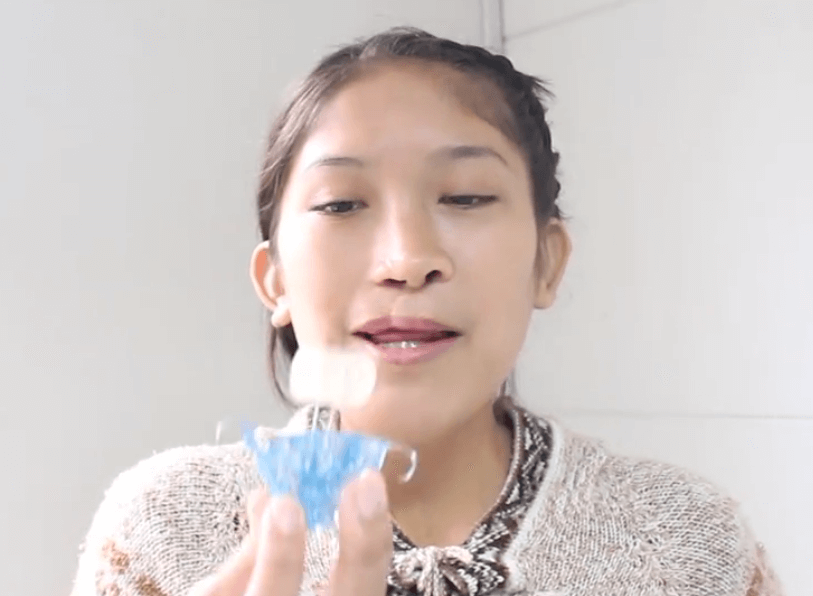In May of 2017, I, Dr. Paul Helpard, had the pleasure of meeting a young and vibrant 21-year-old woman named Milagros when I participated as an orthodontist on my third Rotaplast Mission and second in Lima, Peru.
Our mission team received this message on Facebook ahead of our mission that year: “I just saw your cleft palate mission on Facebook. I am 21 years old, I do not speak well, my physical appearance looks ugly and that makes me have low self-esteem. I do not get work because I do not speak well… all my childhood and adolescence I have lived like this with low self-esteem and even if my parents tell me not to listen to the mockery, it hurts me. I want to improve my speech; I want to be physically normal…when I go for a job they want to put me in an area where no one can see me because I am ugly.”
While we had already screened and selected patients for our mission, Dr. Margot Escobedo, our host orthodontist, was quick to respond and told her to report to Hospital Nacional Arzobispo Loayza the following day.
Milagros had undergone seven palate surgeries, all of which were unsuccessful and resulted in an incomplete repair of her palate and unintelligible speech that could not be understood. Furthermore, Milagros no longer had enough palatal tissue to facilitate a repair to create normal speech. The only solution was to fabricate an orthodontic appliance known as a ‘speech bulb’ which allows patients to block air from exiting the nose. A well fit speech bulb and follow up speech therapy makes speech more clear or intelligible.
The speech bulb is an orthodontic retainer type appliance with a ball or ‘bulb’ of acrylic custom fitted at the back of her palate. The process of constructing the appliance and fitting the bulb required the combined efforts of three non-surgical members of the team. As the orthodontist on the team I worked with Mr. Don Lee, registered dental technician and Dr. Marlene Provence, speech and language pathologist. We’ve worked together to construct speech bulbs for the many patients who could not be helped surgically. For Milagros, Marlene used nasendoscopy, with a scope through her nose, to see how her pharynx and palate were closing around the bulb. She then instructed Don on where to add to or reshape the bulb to idealize the fit.
After four tries, Milagros put the appliance in and could speak more clearly. And, quite spontaneously, she started to whistle – something most cleft palate patients cannot do even with satisfactory palate repairs. We were all amazed! We were all overcome with emotion at the sight, and sounds, and realized that we were witnessing a ‘miracle’. One of our group commented that the name Milagros in Spanish means miracle – something I will never forget. Milagros also underwent a lip repair on that mission and our host Rotary Club, El Rimac, made it their goal to help her find a job. Dr. Angelo CapozziCo-founder and Medical Director at Rotaplast International) and I often reminisce and talk about what an emotional and rewarding experience it was to care for Milagros.




